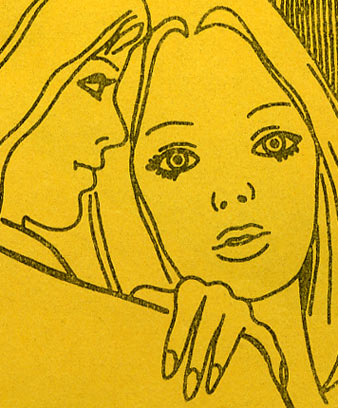Story summary
Living a lesbian life
Before the later 20th century most women were financially dependent on men. Few women had enough money to live as lesbians, independent of men. However, some women had relationships with one another – although they may not have seen themselves as lesbians.
Controlling lesbianism
Same sex relationships were accepted in many Māori communities. However, European colonisers made male homosexual acts illegal, and did not accept lesbianism. Lesbian acts were not criminalised, but lesbians sometimes lost their jobs, or were sent to psychiatric hospitals for treatment.
Early relationships
In the 19th and early 20th centuries, some women formed long-term relationships. They bought houses together, lived together, socialised with other female couples and were buried together. Some married women also had lesbian relationships.
Meeting places
Publicly visible lesbian communities developed after the Second World War, with ‘kamp’ (gay) communities in the main cities. Lesbians often socialised at private parties, or met in particular coffee lounges and bars. The first lesbian social clubs opened in the 1970s – the KG Club in Auckland and Club 41 in Wellington.
Cross-dressing
Some women cross-dressed – dressed and sometimes lived publicly as men in order to access male employment. In the early 21st century there were fewer restrictions on women’s acess to education and training, and they had better paid employment opportunities.
Lesbian activism
From the 1970s lesbians were involved in the women’s liberation movement and the gay liberation movement. They also set up their own organisations. Lesbians and gay men worked for gay rights. Gay male sex was decriminalised in 1986, and from 1993 it was illegal to discriminate against lesbians and gays. From 2005 same-sex partners could form civil unions, and from 2013 they could marry.
Lesbian lives in the 21st century
In the early 21st century many women live openly in lesbian relationships, some raising children. Under law, lesbian couples who have children together are both recognised as parents. Public events such as the Big Gay Out in Auckland and Out in the Square in Wellington help to make lesbian life visible. Well-known lesbians include performers the Topp Twins, ex-Labour MP Maryan Street and singer Anika Moa.




